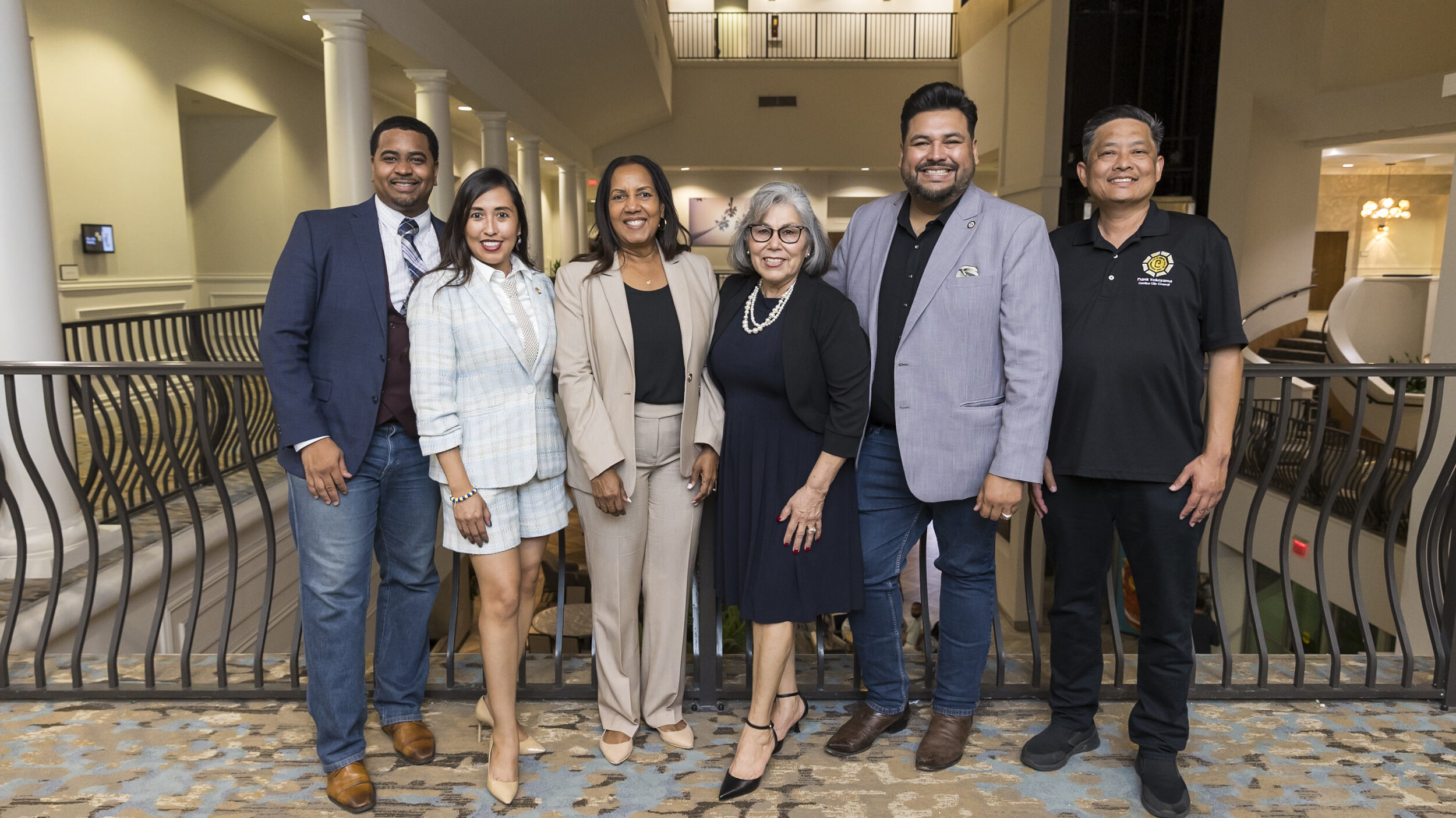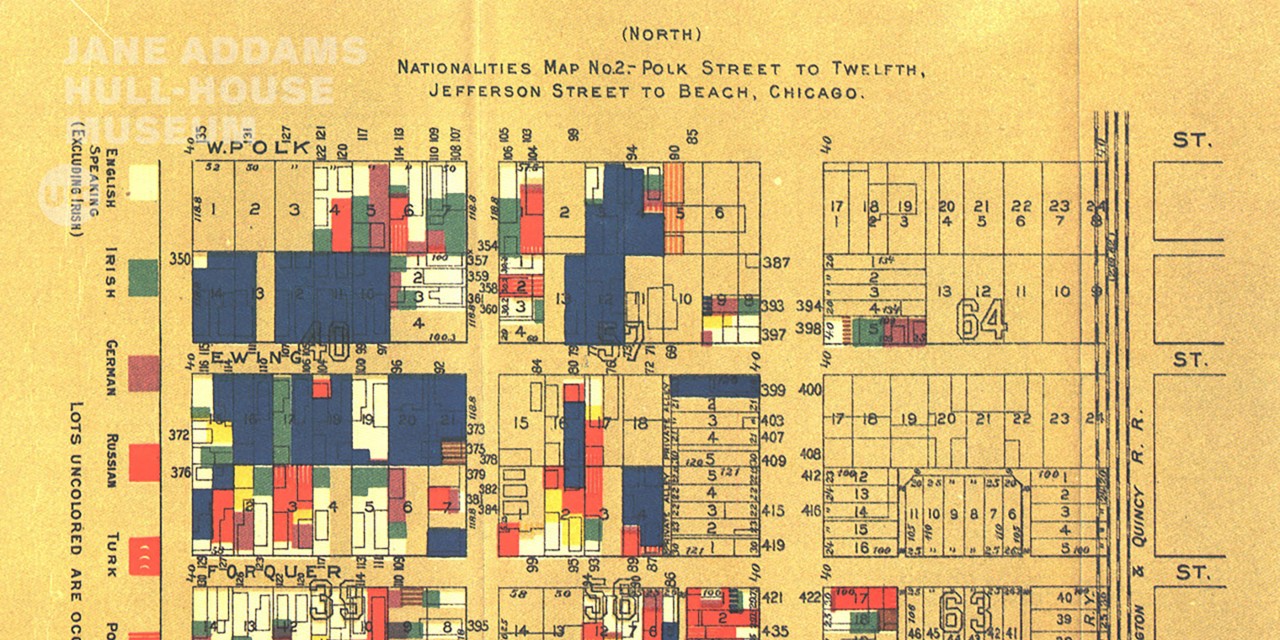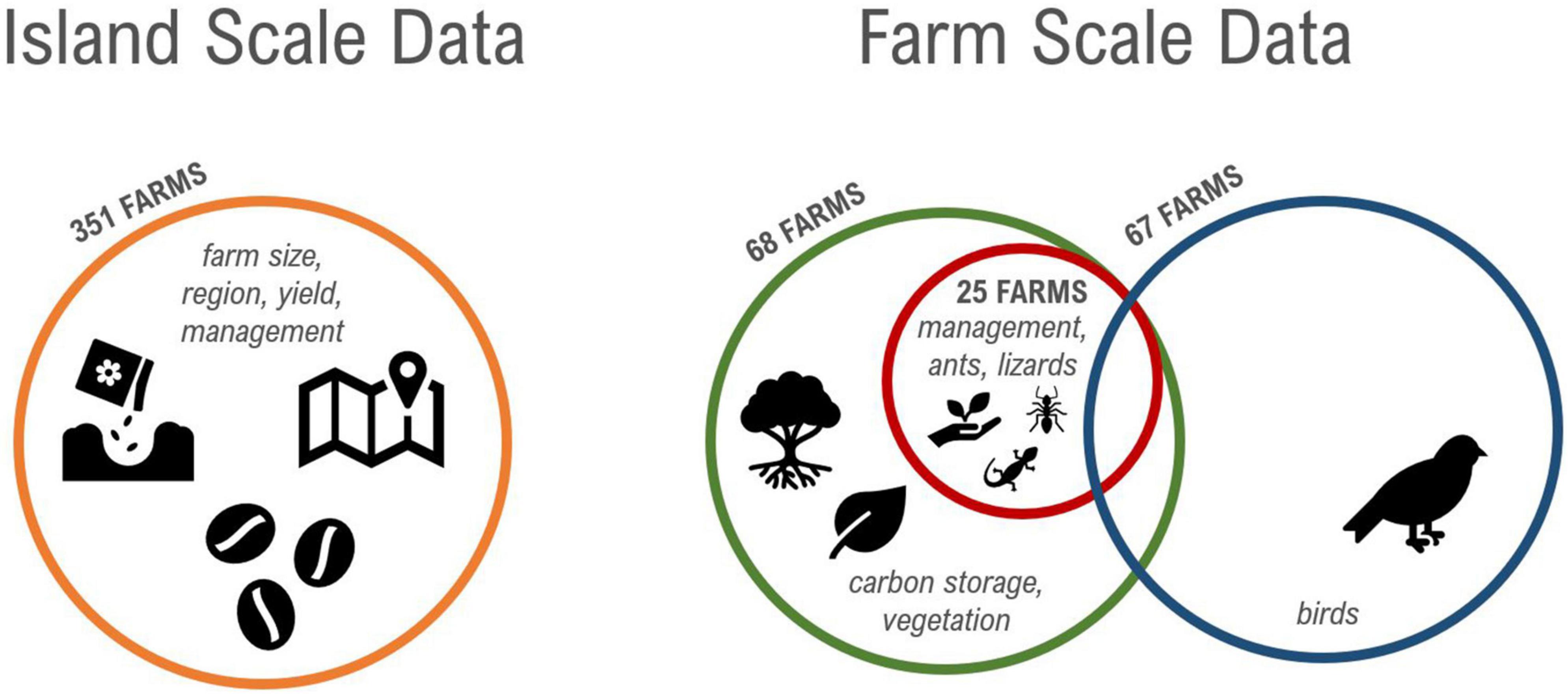Course Overview and Alignment with Sustainable Development Goals
Course Description
This report outlines the “Managing Climate Risks 101” introductory course, designed to address the escalating risks associated with climate change. In alignment with the National League of Cities’ (NLC) mission, the program aims to equip local officials with the necessary knowledge to manage phenomena such as severe storms, wildfires, and extreme temperature fluctuations. These events pose a significant threat to community stability and sustainable development, directly impacting the achievement of the United Nations’ Sustainable Development Goals (SDGs).
The course directly supports SDG 13 (Climate Action) by strengthening resilience and adaptive capacity to climate-related hazards. It provides leaders with a foundational understanding of new risk data, analytical tools, and innovative financing mechanisms for risk transfer. By focusing on pre-event, systems-level adaptation, the curriculum is designed to help municipalities build robust frameworks that contribute to SDG 11 (Sustainable Cities and Communities), specifically targeting the creation of safe, resilient, and sustainable urban environments. The three-month, six-module program culminates in a capstone project where participants will develop a hypothetical risk management plan, applying learned principles to advance local climate resilience.
Course Objectives and SDG Contributions
Key Learning Outcomes
Upon completion of this course, participants will be better positioned to integrate sustainability and resilience into their municipal planning. The expected outcomes are directly linked to advancing several SDGs:
- Enhanced Understanding of Local Vulnerabilities: Participants will gain a comprehensive understanding of their city’s specific risks, vulnerabilities, and exposures to climate hazards. This knowledge is fundamental to developing targeted interventions that protect all residents, particularly the most vulnerable, contributing to SDG 10 (Reduced Inequalities) and SDG 11.5 (reduce the adverse per capita environmental impact of cities).
- Capacity Building with Innovative Tools: The program will provide a deeper appreciation for the tools, capabilities, and innovative approaches being used to build effective resilience programs. This aligns with SDG 9 (Industry, Innovation, and Infrastructure) by promoting the development of sustainable and resilient infrastructure and fostering innovation in public sector management.
- Strategic Competence in Risk Management: Participants will gain increased confidence in their ability to formulate and implement a holistic and effective risk management strategy. This strategic competence is crucial for mainstreaming climate adaptation policies into local planning, a key objective of SDG 13.2 (integrate climate change measures into national policies, strategies and planning).
Program Details
Logistical Information
- Course Dates: September 3 – October 29, 2025
- Format: Live Online
- Registration Deadline: August 26, 2025
- Cost: $500
Course Schedule
- September 3, 2025 | 2 – 3 PM EST
- September 10, 2025 | 2 – 3 PM EST
- September 17, 2025 | 2 – 3 PM EST
- September 22, 2025 | 2 – 3 PM EST
- October 1, 2025 | 2 – 3 PM EST
- October 8, 2025 | 2 – 3 PM EST
- October 15, 2025 | 2 – 3 PM EST
- October 22, 2025 | 2 – 3 PM EST
- October 29, 2025 | 2 – 3 PM EST
Instructional Team
Course Facilitators
The course is facilitated by a team of subject matter experts from Marsh McLennan, alongside state and local risk management professionals. This collaborative approach between the public and private sectors exemplifies SDG 17 (Partnerships for the Goals), which emphasizes the importance of multi-stakeholder partnerships to mobilize and share knowledge, expertise, and resources to support the achievement of the Sustainable Development Goals in all communities.
1. Which SDGs are addressed or connected to the issues highlighted in the article?
SDG 11: Sustainable Cities and Communities
- The article is centered on the National League of Cities (NLC), whose mission is to protect the interests of “cities, towns and villages.” The course described is specifically for “local officials” to help them manage climate-related risks within their communities, directly aligning with the goal of making human settlements safe, resilient, and sustainable.
SDG 13: Climate Action
- The primary focus of the article is on taking urgent action to combat climate change and its impacts. It explicitly mentions the need to manage risks from “warmer, wetter weather,” “record storms, massive wildfires, blue sky flooding, and severe cold and heat.” The entire course, “Managing Climate Risks 101,” is designed to build capacity for climate action at the local level.
SDG 17: Partnerships for the Goals
- The article describes a collaborative effort to achieve its goals. The course is presented by the NLC and “taught by Marsh McLennan leaders as well as state and local risk experts.” This represents a multi-stakeholder partnership between a city-focused organization, a private sector firm, and public sector experts to share knowledge and build capacity, which is the essence of SDG 17.
2. What specific targets under those SDGs can be identified based on the article’s content?
Target 11.b: By 2020, substantially increase the number of cities and human settlements adopting and implementing integrated policies and plans towards inclusion, resource efficiency, mitigation and adaptation to climate change, resilience to disasters…
- The article directly supports this target by offering a course that enables local leaders to “assemble a holistic and effective risk management strategy.” The capstone project, where participants “build a hypothetical risk management plan,” is a clear mechanism for creating the very plans mentioned in this target. The course aims to increase the number of cities with leaders capable of implementing plans for “resilience to disasters.”
Target 13.1: Strengthen resilience and adaptive capacity to climate-related hazards and natural disasters in all countries.
- This target is at the core of the article’s purpose. The course is designed to help local officials understand “pre-event systems-level adaptation” and showcase “best practices already working to enhance resilience.” The goal is to strengthen the ability of cities to cope with climate-related hazards like storms and wildfires.
Target 13.3: Improve education, awareness-raising and human and institutional capacity on climate change mitigation, adaptation, impact reduction and early warning.
- The article describes an educational initiative, “Managing Climate Risks 101,” which is a “three-month, six-module course” aimed at improving the capacity of “local officials.” It seeks to provide a “basic understanding of the new risk data and analytical tools” and increase participants’ “confidence in their knowledge,” directly contributing to building human and institutional capacity on climate adaptation and impact reduction.
Target 17.17: Encourage and promote effective public, public-private and civil society partnerships…
- The course itself is an example of a public-private partnership. The NLC, which represents public-sector interests, is collaborating with “Marsh McLennan leaders” (a private corporation) and “state and local risk experts” to deliver the training. This partnership model is promoted by Target 17.17 to leverage combined expertise and resources.
3. Are there any indicators mentioned or implied in the article that can be used to measure progress towards the identified targets?
Implied Indicator: Number of local governments that adopt and implement local disaster risk reduction strategies.
- This is implied by the course’s outcome, which is to equip participants to “build a hypothetical risk management plan” and “assemble a holistic and effective risk management strategy.” The successful creation and subsequent implementation of these plans by the participating cities would be a direct measure of progress, aligning with official indicator 11.b.1.
Implied Indicator: Number of local officials trained in climate change adaptation and risk management.
- The article describes a formal course with specific dates and a registration process. The number of participants who complete the course and “gain a better understanding of their city’s risks, vulnerabilities and exposures” serves as a direct indicator of improved human capacity, which relates to the goals of indicator 13.3.1.
Implied Indicator: Existence of public-private partnerships for capacity-building on climate resilience.
- The partnership between the NLC and Marsh McLennan is explicitly stated. The existence and successful operation of this course serve as a qualitative indicator that such partnerships are being formed to address climate resilience, as encouraged by Target 17.17.
4. Table of SDGs, Targets, and Indicators
| SDGs | Targets | Indicators (Implied from Article) |
|---|---|---|
| SDG 11: Sustainable Cities and Communities | 11.b: Increase the number of cities adopting and implementing integrated policies and plans for climate change adaptation and disaster resilience. | Number of local governments/officials that develop a “risk management plan” or “resilience program” as a result of the training. |
| SDG 13: Climate Action | 13.1: Strengthen resilience and adaptive capacity to climate-related hazards and natural disasters.
13.3: Improve education, awareness-raising and human and institutional capacity on climate change adaptation. |
Implementation of “pre-event systems-level adaptation” strategies in cities.
Number of “local officials” who complete the “Managing Climate Risks 101” course and gain knowledge of risk management. |
| SDG 17: Partnerships for the Goals | 17.17: Encourage and promote effective public, public-private and civil society partnerships. | The existence of the partnership between NLC, “Marsh McLennan leaders,” and “state and local risk experts” to deliver the course. |
Source: nlc.org






